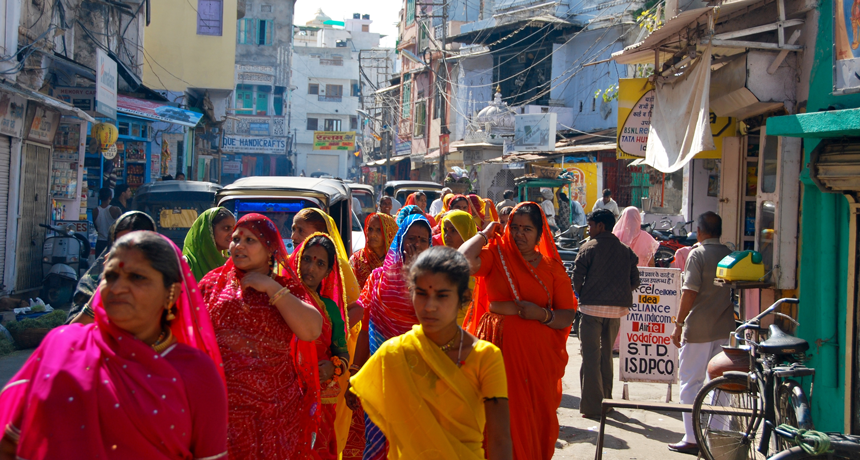Questions for ‘Tiny air pollutants inflame airways and harm heart’

A street scene in India, a nation where crowds of people, traffic and industry frequently lead to heavy air pollution.
Onnes/iStockphoto

A street scene in India, a nation where crowds of people, traffic and industry frequently lead to heavy air pollution.
Onnes/iStockphoto
Register to access:
An error occurred. Please try again.
Already Registered? Enter your e-mail address above.